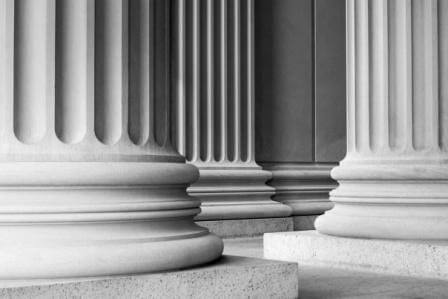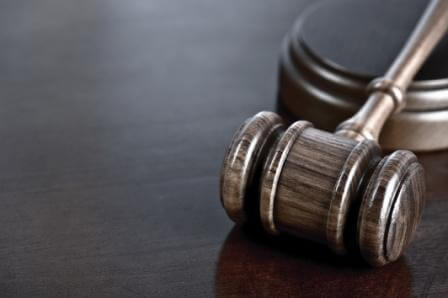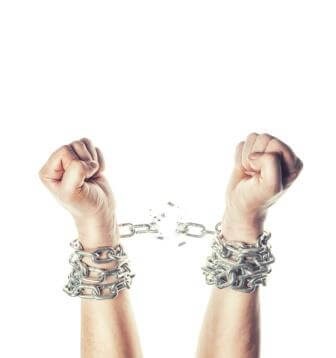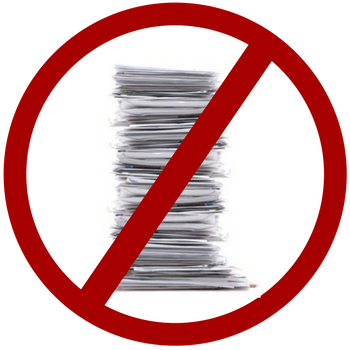Areas of Practice
Call (951) 274-9501 Now
Se Habla Español
Riverside Bankruptcy Law Firm – Areas of Practice
Bankruptcy Services Chapter 7 & Chapter 13
WHAT IS BANKRUPTCY?

CHAPTER 7
In a Chapter 7 bankruptcy case you file a petition asking the court to discharge your debts. The basic idea is to wipe out (discharge) your debts in exchange for giving up any unexempt property. The exemptions for our jurisdiction are found in the California Code of Civil procedure (sections 703.010 – 704.995).
In most cases all of your property will be exempt (not able to be seized and sold by the trustee for the benefit of your creditors). The property that is not exempt can be sold by the trustee and the proceeds distributed to your creditors. If you want to keep the property that is unexempt you can pay the trustee the amount that you are over your exemptions and keep those items. With the new bankruptcy law the eligibility requirements to file a Chapter 7 bankruptcy are based on your income.
(click here for more info).
The limits and standards are from the IRS and USDOJ and the figures they allow are what we must use to see if you are eligible to file a Chapter 7 bankruptcy
(learn about eligability).
If you are over the initial threshholds you may still be able to file a Chapter 7 bankruptcy if your allowable living expenses exceed your monthly income
(national expense standards).
In a Chapter 7 bankruptcy if you are making payments on a mortgage or vehicle you can continue to do so and keep those items. If you are behind on your home or auto payments and you want to keep them a Chapter 7 is most likely not the right choice for you. A Chapter 7 does not eliminate the rights of the creditor of secured property to take away that property to cover the debt. It will not give you a chance to become current on those payments because a plan payment is not proposed to catch up on those late or missed payments in a Chapter 7 bankruptcy. If you are in this situation then maybe a Chapter 13 bankruptcy would be right for you.
CHAPTER 13
In a Chapter 13 case you will file a repayment plan with the bankruptcy court to pay back all or a portion of your debt over time. The time period and the amount of your payment will depend on a number of factors. For example we look at your income over the last six months, your current income and future changes, the amount you are behind on any secured or priority debt (mortgage, auto, taxes) and the amount left over from your income after your allowable living expenses are deducted
(national expense standards).
The most important thing about a Chapter 13 bankruptcy is that it allows you to keep your valuable property which might otherwise be lost. You must be able to make the payments on your secured items but any amounts you are behind prior to the date your bankruptcy is filed will go into your plan and be paid to the creditors by the Chapter 13 Trustee.
In a Chapter 13 bankruptcy a trustee administers the plan payments to your creditors out of the monthly plan payment you will send in. This payment is determined by many factors including the amount of money you owe to secured or priority creditors (mortgage auto, taxes) creditors and your disposable monthly income. In a Chapter 13 bankruptcy you will continue to make your normal monthly payments for living expenses, secured debt payments and instead of making payments on your credit cards you will make one payment (determined by your disposable income) to the Chapter 13 Trustee every month for the complete length of your plan.
In a Chapter 13 case if you have a second mortgage, judicial lien, or HELOC on your home you may be able to remove it (strip it) and have it treated as an unsecured creditor. This means that the mortgage or lien will be treated like your other unsecured creditors (credit cards) and they will be paid an amount (in full or a percentage of their debt) through the plan. You will not have to make any more payments directly to the second mortgage company. To be able to do this there are certain criteria that you must meet. First you must get an appraisal done on your house by a licensed appraiser. Your home must appraise for less than what you owe on your FIRST mortgage. If it does and you are not paying your creditors back 100% (dollar for dollar of what you owe) then it may be beneficial to strip the lien or mortgage. This is something that we will discuss with you at your free consultation to determine if this is the best option for you.
All of the above is general information that may not be applicable to you and your situation. Please contact us for a free consultation to determine the best plan of action for you.

Bankruptcy Lawyer
If you are facing foreclosure, a Bankruptcy Lawyer can help stop the process. It is important to consult with a lawyer right away if you feel that the bank is about to start a foreclosure action. Once they have filed a motion to foreclose with the court it is more difficult to stop the process. The Travis Law Firm helps families throughout California to stay in their home while navigating through bankruptcy proceedings.
There are two main types of bankruptcy, a Chapter 7 and Chapter 13. Once you file with the court, an automatic stay is put in place so that your creditors cannot continue their collection action until the court has sorted things out. This is a huge benefit for families that want to find a way to stay in their home but are overwhelmed by the constant collection calls and being behind on their bills.
Consulting a Bankruptcy Lawyer is the first step in the process. We can make recommendations on which type of bankruptcy you should file based on your current financial situation, needs and goals.
Attorney
Court procedures can be overwhelming, and an Attorney can help you to navigate through the process. The court system is based on process and procedures. Unfortunately, it is extremely difficult for the average person to understand the nuances of what is required, the amount of paperwork that must be completed, and how it must be filed. Once the process starts, understanding courtroom protocol and how to handle proceedings is also challenging. Hiring Attorney that is experienced will help you to achieve the results that you are looking for.
Contact us today for a FREE Consultation!

 Overwhelmed with Overdue Bills and Creditors?
Overwhelmed with Overdue Bills and Creditors?Call (951) 274-9501 for Help Now
For a Free Consultation with an Attorney!Contact Us
